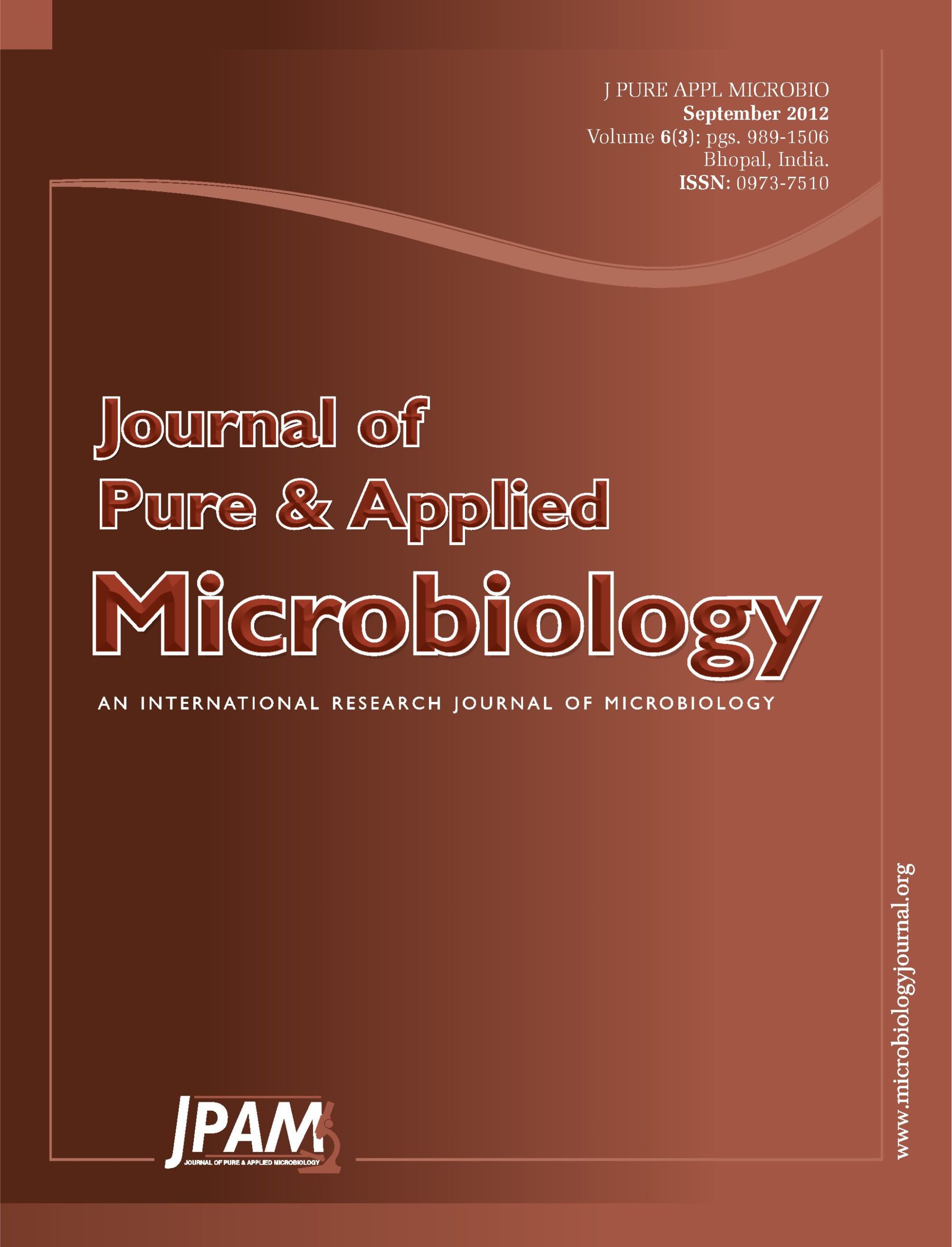This study was aimed to evaluate the anti dermatophytic activity of Annona squamosa leaf and Annona reticulata bark ethyl acetate extracts against Trichophyton rubrum. The study was carried out on clinical isolate of T. rubrum as well as Standard T. rubrum strain (MTCC3272) for comparison. Annona squamosa leaf and Annona reticulata bark was extracted with ethyl acetate and then used for the antidermatophytic study. Dose dependent study on anti dermatophytic activity was done by agar well diffusion method and minimum inhibitory concentration (MIC) studies were carried out by broth dilution assay. Isolated T. rubrum was identified by both microscopic and cultural characteristics followed by biochemical tests. Annona squamosa L. leaf and Annona reticulata L. bark ethyl acetate extracts showed significant inhibitory activity against clinical isolate of T. rubrum as well as standard T. rubrum(MTCC3272). Zone of inhibition is proportional to concentration of the extract. Minimum inhibitory concentration range was found to be between 10µg to 100µg/ml. The study concludes that further investigation is needed to identify the responsible antidermatophytic compound which is present in Annona squamosa leaf and Annona reticulata bark to develop a new novel drug.
Trichophyton rubrum, Anti dermatphytic activity, Annona squamosa L., Annona reticulata L., Agar well diffusion method, MIC
© The Author(s) 2012. Open Access. This article is distributed under the terms of the Creative Commons Attribution 4.0 International License which permits unrestricted use, sharing, distribution, and reproduction in any medium, provided you give appropriate credit to the original author(s) and the source, provide a link to the Creative Commons license, and indicate if changes were made.


